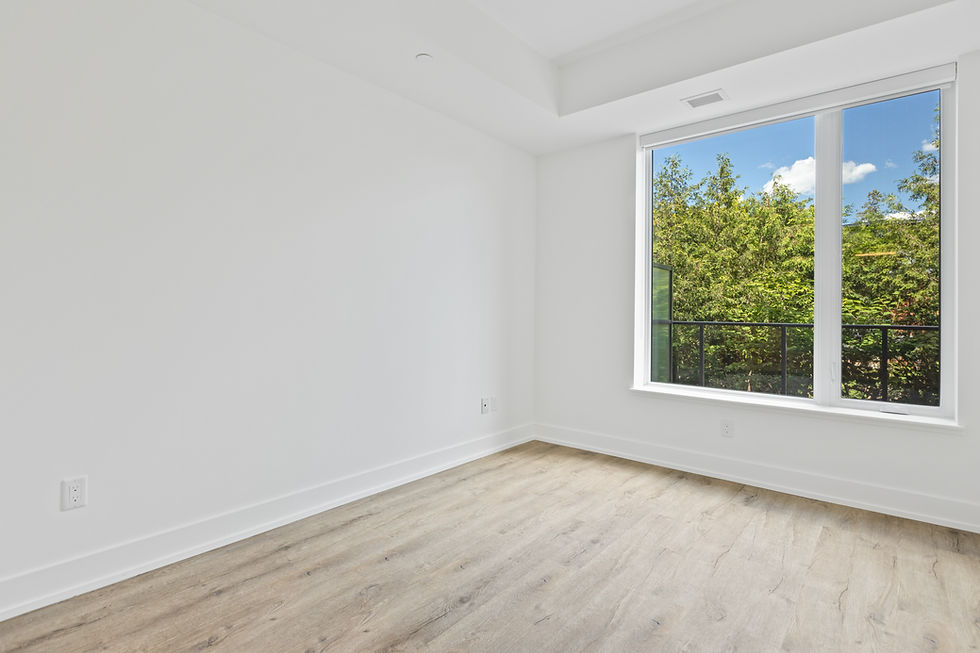What Is Considered Normal Wear and Tear in Seattle Rentals?
- Flatmint
- Sep 25
- 2 min read

When a tenant moves out, one of the most common questions we hear from property owners is:
“Is this normal wear and tear, or should the tenant be charged for damages?”
It's a fair question—and an important one. In Seattle (and Washington State in general), rental laws distinguish between normal wear and tear (which the owner is responsible for) and tenant-caused damage (which the tenant may be charged for). But knowing where to draw that line can be tricky.
🧹 What Counts as Normal Wear and Tear?
Normal wear and tear refers to gradual deterioration of a property that naturally occurs over time. Examples include:
Faded paint or minor scuff marks on walls
Worn carpet in high-traffic areas
Loose doorknobs or handles
Faded window treatments from sunlight
Nail holes from picture hanging
Slight wear on countertops or floors
These are expected over the course of a typical tenancy—even when a tenant takes great care of the property.
🛠️ What’s Considered Damage?
Damage goes beyond normal use and may include:
Large holes in walls
Broken doors or hardware
Pet stains on carpet
Cracked windows
Burn marks, excessive grime, or mold due to negligence
If it’s the result of neglect, misuse, or accidental breakage, it typically qualifies as damage.
🧾 Why It Matters for Security Deposits
In Seattle, landlords are legally required to return security deposits minus any legitimate deductions for tenant-caused damage. But deductions must be clearly documented—and justified.
At Flatmint, we conduct thorough move-in and move-out walkthroughs (with photos!) to help distinguish wear and tear from damage. This protects both parties and keeps the process fair and transparent.
💡 Pro Tip: Use a Room-by-Room Checklist
Having a standardized checklist during inspections helps identify changes in condition and avoid confusion later. If you’re unsure whether something qualifies as wear and tear, ask yourself:
“Would this have happened even if the tenant was being reasonably careful?”
If the answer is yes—it’s probably wear and tear.
At the end of the day, understanding the difference ensures fair treatment, avoids disputes, and helps maintain a great rental experience for everyone involved.




Comments